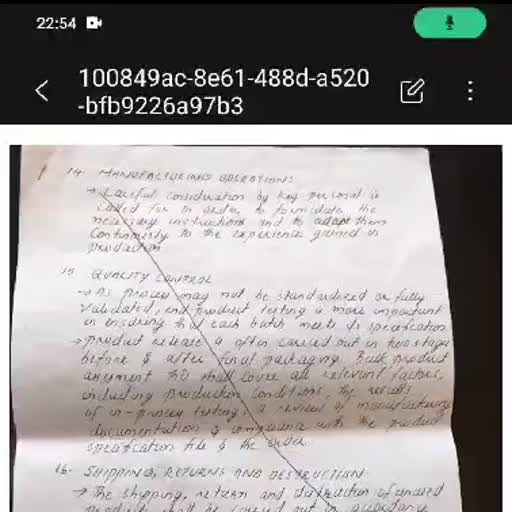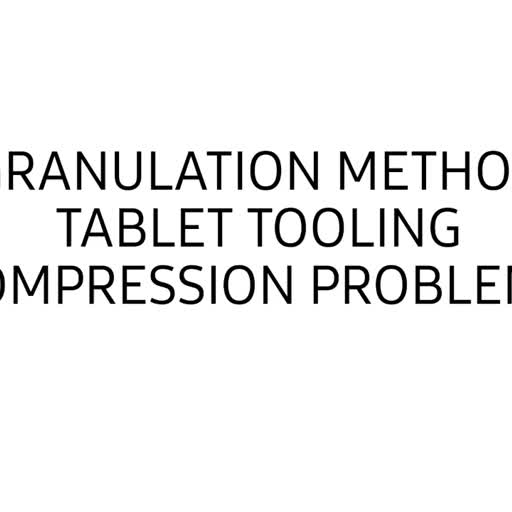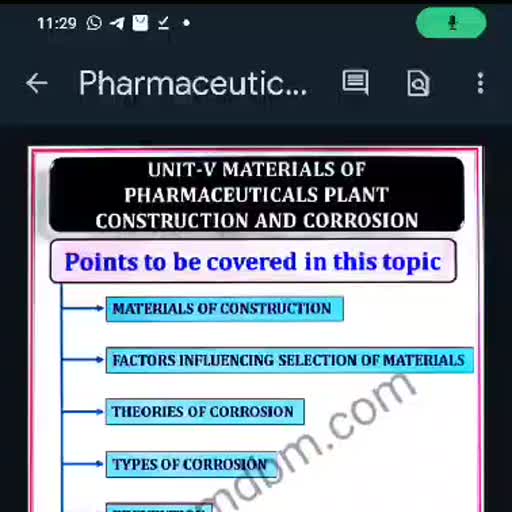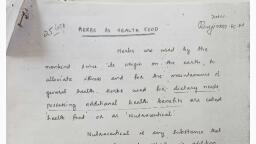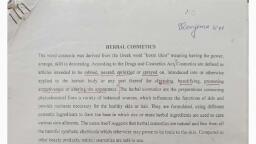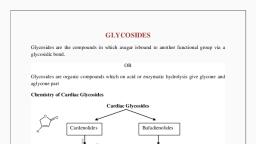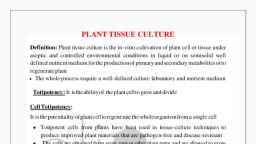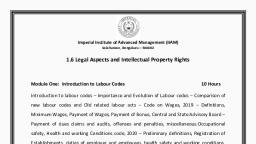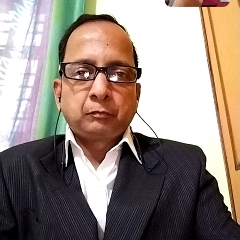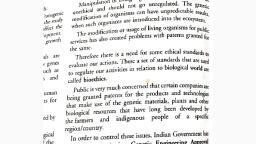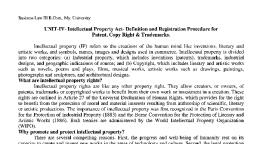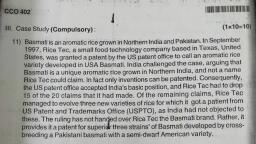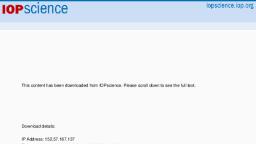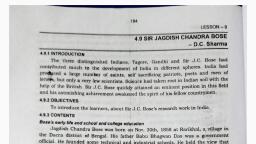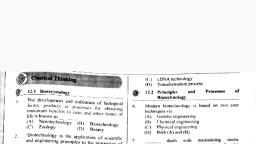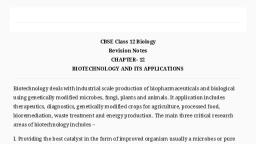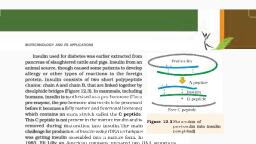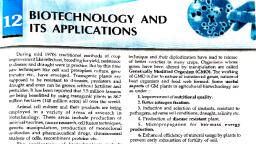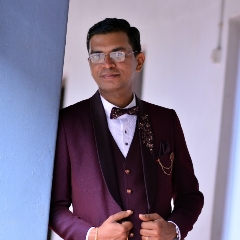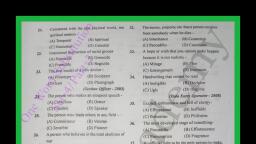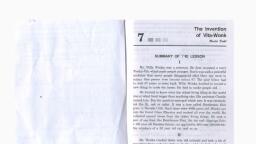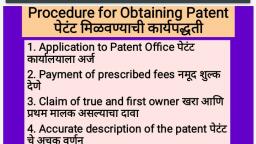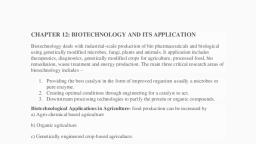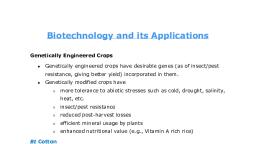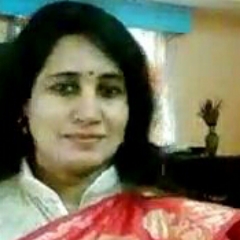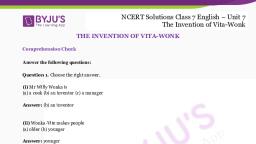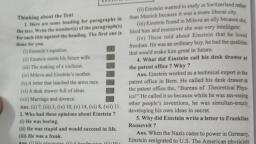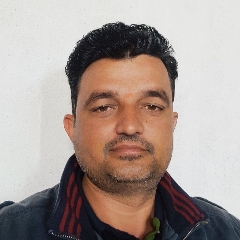Page 1 :
kM, , Ve 7. ana, , PATENT, ve rights ake, use, exercise and vend, thority or licence conferring an exclusive rights to make,, A government authority of : f, , vention, selling 4, he inventions for a limited period, ¢ f, , of the paten, Patentee - A claimer |, but intellectual property tg which provides the protection for ellec, , bu, , IPR = it is nothing eee, others from making, copying, using or selling his proprietary }, , nventions. Thus excluding, , matter, d efforts, and requires a sort of protection for his, , Ay invention, requires to spend huge money an, , lectual_ property. Such protection allows him to gain the deserved incentive for his, , inte, innovation/invention. IPR provides such protection., , THE PATENT ACT 1970, \ccording to the act A patent should be, A new invention, , 2. New and non- obvious with respect to prior art, , 3. lt must useful, , 4. Not previously in use in India, , Invention , as per the act may be defined as any new and useful, , “Invention” means a new product or process inyolving an inventive step and capable of industrial, application and Should not fall under Section 3 and 4, , NEW” MEANS -it should not be published in India or elsewhere, , Neem biopiracy, , Originates from the Indian subcontinent and’ now grows in the dry regions of more than 50, tropical countries. It was used for centuries by local communities in agriculture as an insect and, pest repellent, in human and veterinary medicine, toiletries and cosmetics. Since the 1980s, many, neem related process and products have been patented. In 1994, European Patent Office (EPO),, granted a patent (EPO patent No.436257) to the US Corporation W.R. Grace Company and US, Department of Agriculture for Neem-based bio-pesticides Neemix, for use on food crops. In, 2000 EPO revoked patent following an appeal by India. Vandana Shiva of the Research, Foundation for Science, Technology and Ecology (RFSTE) said "It was pure and simple piracy., The oil from neem has been used traditionally by farmers to prevent fungus, It was neither a, , novel idea nor was it invented“. It got support of the International Federation of Organic, , Scanned with CamScanner
Page 2 :
Agriculture Movemer, argument, presented befor, Benaras Hindu University, was t, known for its medicinal propertie, EPO agreed that the process for whic, India for many years, , Turmeri¢ Patent Dispute, , In the mid-1990s, turmeric¢ became the subje, , ic was awarded to the University of, " Two years later, @ complaint wa:, , on turmeri, for the "use of turmeric in wound healing., , Council ©, , n euro-deputies., UP Singh, an 48, , alities of the neem tree ~, , nts. (IFOAM) and gree, e the EPO by Professor, hat the fungicidal qui, g -- and its use has been, , ich the patent had been gral, ct of a patent dispute. AUS., Mississippi Medical Center !, , f Scientific and Industrial Research(CSIR). CSIR argued that turmert, , The backbone of the Indian, , , , ricultural scientist at the, , a traditional plant, , known in India for over 2,000 years:, , nted had actually bech in use 10, , patent (no.5, 401,504), , in 1995, specifically, 5 filed by India's, ic has been used, , use was not 4, , for thousands of years for healing wounds and rashes and therefore its medicinal, , novel invention. Their claim was supported by do nowledge,, , cumentary evidence of traditional k, hed in 1953 in the Journal of the Indian, emark Office (US PTO) investigated the, patent holders, the US PTO upheld the, , including ancient Sanskrit text and a paper publis!, Medical Association. United States Patent and Trad, validity of this patent. In 1997, despite an appeal by the, , CSIR objections and cancelled the patent. The turmeric case was a landmark judgment case as it, , was for the first time that a patent based of the traditional knowledge of a developing country, , was successfully challenged., OBJECTIVES OF PATENT, e economic benefits from his invention., , 1. Giving a legal monopoly to the patentee to collect th, , 2, Facilitating the improvements or providing the alternative approaches to develop the new, , ideas or and products., 3, Invention of new drugs, PATENTABLE: ( From pharmacy) =, 1. New process of manufacture, 2. NCE ( New chemical entities, after 2005), 3. New formulation processes, 4, New composition of matter, P 5, Patent process of herbal medicine, e, PROCESS OF PATENTING, , a, Scanned with CamScanner
